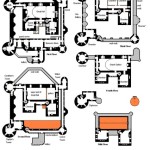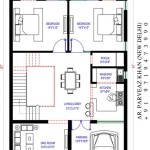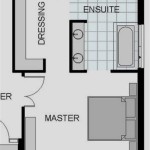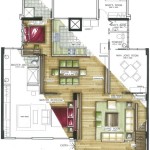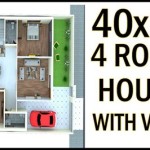The Azuma House Plan: A Guide to Essential Architectural Elements
The Azuma House Plan, renowned for its clean lines and minimalist aesthetic, exemplifies the Japanese concept of "ma," or the beauty of emptiness. Originating in the traditional Japanese teahouse, the Azuma House Plan prioritizes space utilization, natural light, and a seamless connection between indoor and outdoor living areas.
1. Open and Airy Living Spaces
The Azuma House Plan features open and airy living spaces with high ceilings and large windows. The extensive use of glass allows for abundant natural light, creating a bright and inviting ambiance. The seamless flow between rooms encourages a sense of spaciousness and interconnectedness.
2. Minimalist Design and Clean Lines
Minimalism is a defining characteristic of the Azuma House Plan. The design emphasizes clean lines, simple forms, and a neutral color palette. This aesthetic promotes a sense of calm and serenity, allowing the beauty of the natural surroundings to take center stage.
3. Integration of Indoor and Outdoor Spaces
The Azuma House Plan blurs the boundaries between indoor and outdoor living. Sliding glass doors and expansive windows seamlessly connect the interior spaces to the surrounding gardens and courtyards. This design concept enhances the sense of openness and connection to nature.
4. Zen-Inspired Landscaping
Japanese gardens play an integral role in the Azuma House Plan. The landscaping often incorporates elements of Zen aesthetics, such as carefully placed rocks, gravel paths, and manicured greenery. These elements create a tranquil and meditative atmosphere, extending the sense of peace and tranquility from the interior spaces.
5. Asymmetrical Balance
The Azuma House Plan embraces the Japanese concept of asymmetrical balance, known as "wabi-sabi." This design principle values imperfections and asymmetry, creating a sense of harmony and organic beauty. The arrangement of elements within each room is carefully considered to achieve a visually pleasing balance.
6. Emphasis on Natural Materials
The Azuma House Plan incorporates natural materials, such as wood, stone, and paper, to create a warm and inviting atmosphere. The use of natural materials complements the minimalist aesthetic and enhances the connection to nature. The choice of materials also ensures durability and longevity.
7. Attention to Detail
The Azuma House Plan pays meticulous attention to detail, from the placement of each element to the quality of materials used. The result is a highly refined and elegant design that exudes sophistication and simplicity. This attention to detail extends to all aspects of the house, ensuring a highly curated and harmonious environment.

Azuma Medidas Wikiarquitectura

Azuma House Tadao Ando In Autocad Cad 362 97 Kb Bibliocad

10 Tadao Ando Azuma House Ideas Row

Row House In Sumiyoshi Azuma By Tadao Ando The Strength Of Architecture From 1998

Row House In Sumiyoshi Azuma By Tadao Ando The Strength Of Architecture From 1998

10 Azuma House Ideas Tadao Ando Row

Azuma House Dwg Free Colaboratory

10 Azuma House Ideas Tadao Ando Row

Row House In Sumiyoshi Azuma By Tadao Ando The Strength Of Architecture From 1998

Azuma House Dwg Free Colaboratory

